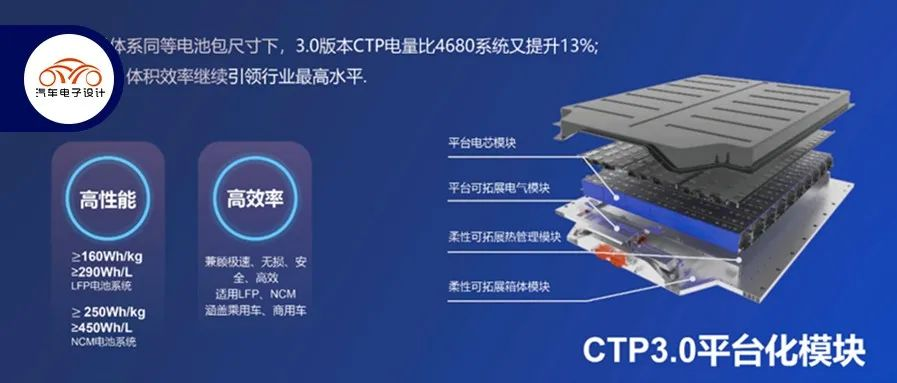Author: Zhu Yulong
At this year’s Battery Day event, a wide array of battery companies were in attendance.
As of now, there are several main technological routes for batteries:
- Square shell route
CATL’s approach is adaptable to changing circumstances, utilizing platform cell modules (square shell) paired with CTP3.0. This method can reach 160 Wh/kg using iron-lithium and 250 Wh/kg using high-nickel (NP non-thermal diffusion). On the other hand, Xinwanda’s differentiated approach has little room to do fast charging upgrades in terms of cost.
- Large cylindrical route
Panasonic (the head of the 4680s), EVE Energy, and Beike are expanding in the cylindrical route on their own, fully utilizing the characteristics of standardized design, manufacturing, compatibility, and safety. Gotion (国轩) mainly focuses on lithium carbonate in their presentation but also builds upon the cylindrical iron-phosphate direction.
- Square shell stacking
BYD has already covered a range of over 500 kilometers with an approach focused on iron-lithium. Energy density is not as important in this method. After testing with both square shells and soft pouches, EVE Energy also considers heading in this direction.
- Performance breakthrough
Regarding the development of energy density, the directions suggested by WOLFAC Energe & SES both point to this trend. This is also a way for soft pouch batteries to improve. In fact, the blades used for square shell stacking can be utilized as well.
- Two soft pouch companies
In order to survive among foreign automobile clients, Funeng Technology and YJS IONTECH are mainly following Mercedes-Benz’s global layout. There isn’t much to say about this aspect.
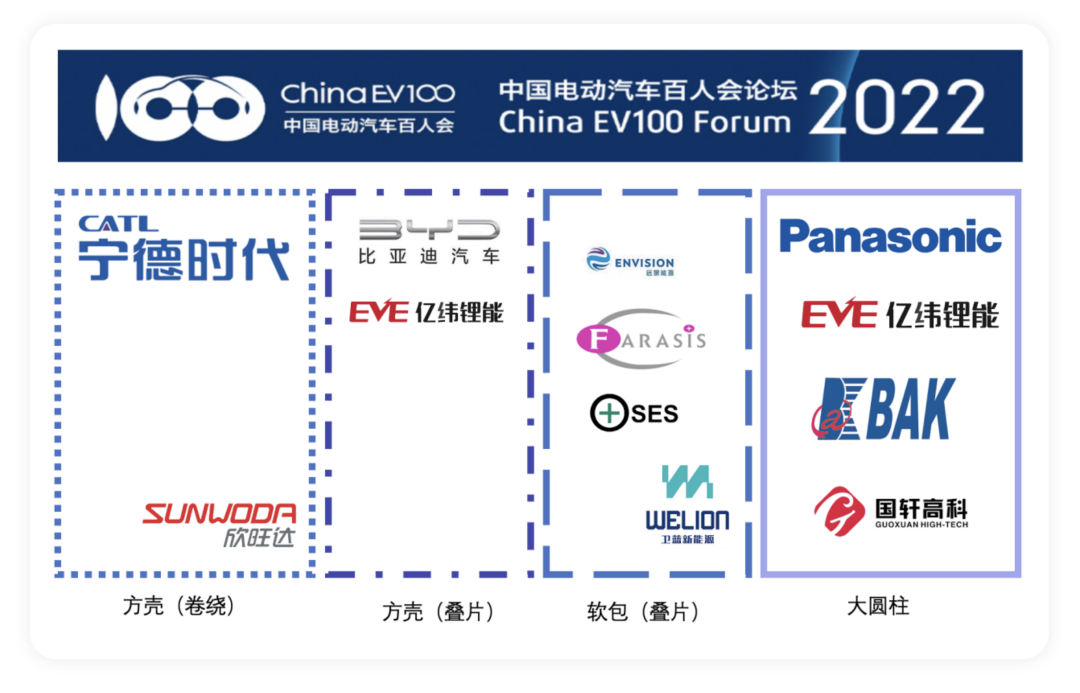
Square Shell Technological Route
- CATL’s adaptable approach (Kirin battery boasts a 13% capacity increase compared with the 4680 system)
The main focus when comparing CTP3.0 with 4680 is still placed on efficiency. Currently, the comparison standard is Tesla’s 4680. The comprehensive characteristics of CTP3.0 include high energy density and volume efficiency. It meets the highest safety standards with no thermal diffusion, optimizes thermal management systems to resolve low-temperature problems, and balances fast, lossless, safe, and efficient heating processes.
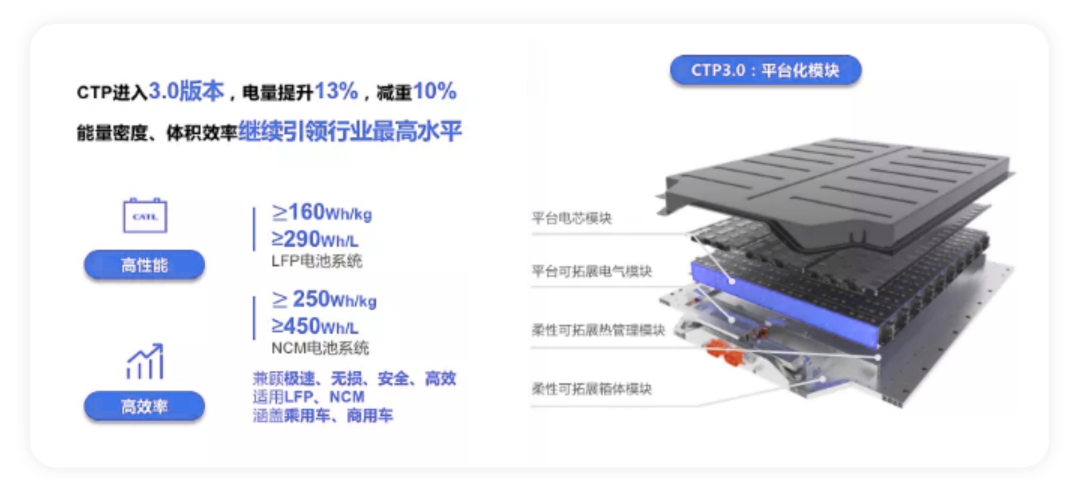
Note: On December 21st, Robin had already revealed NINGDE Times’ CTP3.0 technology at the Chengdu Battery Tech Conference.
- It’s a square shell platform cell module that is compatible with both LFP and NCM. It is also compatible with subsequent manganese-based M3P.- Its grouping rate is high. If the energy density of a 300Wh/kg battery cell achieves 250Wh/kg, the grouping rate is about 83.3%. However, the actual cell energy density can reach around 285-290Wh/kg, indicating a grouping rate of approximately 87.7%.
Let’s take a look back at CATL’s third-generation CTP:
Prototype of 0.5th Generation CTP
- 1st Generation CTP (Passenger vehicle)
Referencing solutions used in buses, this approach is similar to customizing large module designs (subverting VDA355 module). The original module structure is reorganized in size and the side plates are removed and replaced with straps to reduce weight and improve grouping rate.
- 2nd Generation CTP
Optimizing the two end plates of the module (which serve as pressurizers), the vertical and horizontal beams on the battery pack are utilized to replace the end plates, while maximizing existing structural designs and avoiding compromising the strength of the battery shell.
- The Third-generation CTP we see now
Using a flat tray and eliminating the longitudinal and transverse beams on the battery pack, low-expansion battery cells are used to satisfy the structural requirements, which must be coordinated with the vehicle as a whole. Of course, in the field of battery cells, a standard cell platform is combined with a standard CTP design model to iterate. I think this CTP3.0 technology will accelerate the use of lithium iron phosphate technology in the standard edition for Tesla, but 4680 batteries still need to be produced for the long-range version. Perhaps in China, the non-flammable and uncontrollable version of this battery shell will be attempted to update the long-range version. From what we can see now, the fast charging capability of this version has not been revealed, which may differ from the 4680 version.
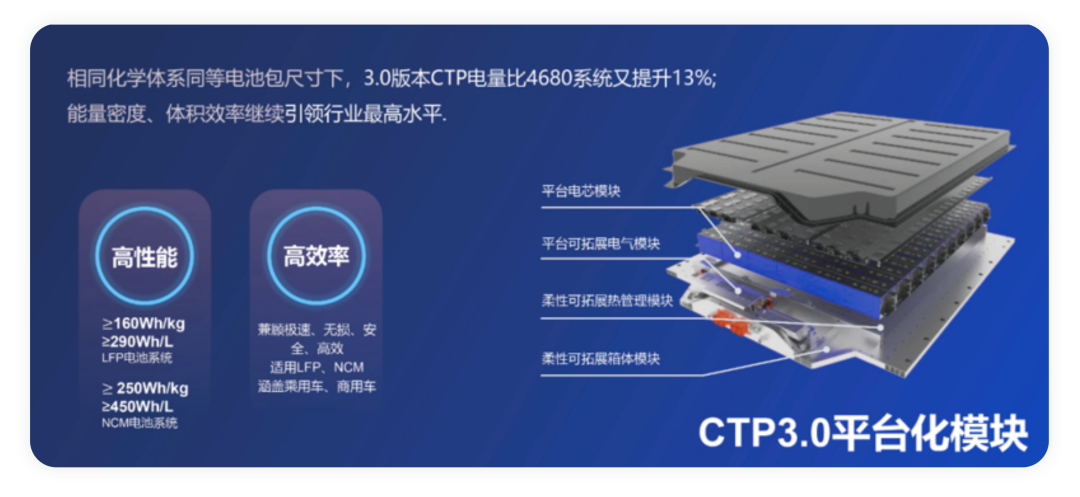
- Xinwanda (left-hand hybrid EV and right-hand pure electric fast charging)
For HEVs, the pain points of end-users include insignificant fuel economy, short battery life, high maintenance costs, and high vehicle prices. Xinwanda has mass-produced two generations, with the first generation serving as a domestic substitute and the second generation surpassing its predecessor in performance. It can achieve 70C constant current discharge and 60C pulse charging, with a 20-year warranty, standardization of battery cells, and system module design.
For BEVs, end-users have concerns such as range anxiety, charging anxiety, residual value anxiety, and safety anxiety. Xinwanda’s super-fast charging battery products can achieve a range of 700 kilometers and a range increase of over 400 kilometers in just 10 minutes of charging. It comes with a 10-year, 200,000-kilometer warranty and has achieved “non-flammability and uncontrollable spread of heat.”
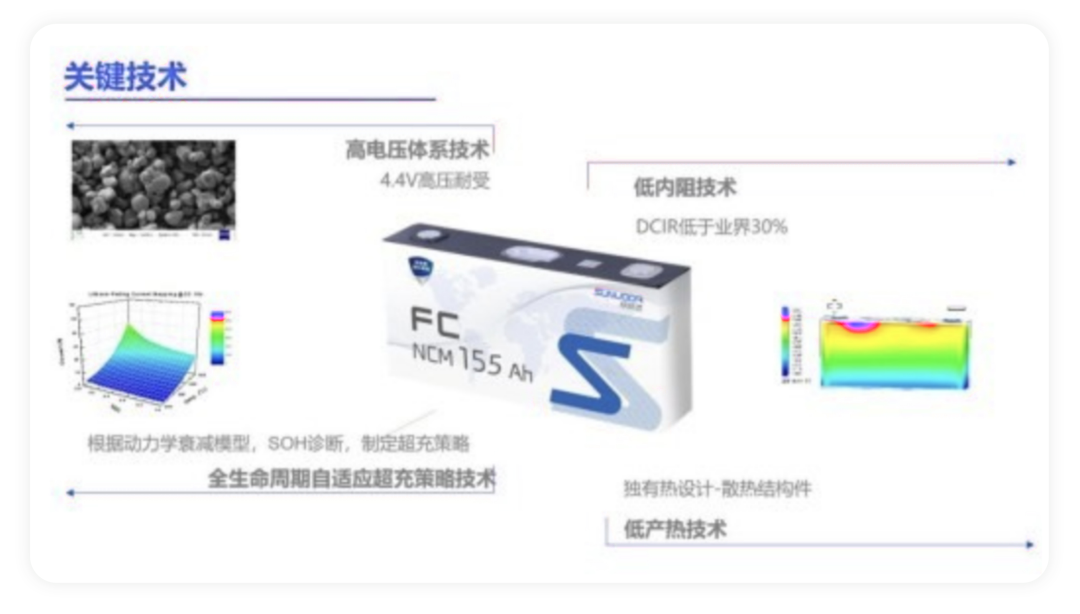
Large Cylinder Batteries- Panasonic (No-Cobalt Battery in Mass Production within Three Years, 4680 Battery)
Panasonic has a particularly stable pace. They began mass producing the 18650 type battery in 2010, followed by the 2170 type battery in 2016. Looking ahead to 2022, the 4680 battery will gradually become the main type of cylindrical battery. For power batteries, Panasonic will maximize capacity, cost, and supply capabilities, achieving mass production of no-cobalt batteries within three years. In comparison to Korean batteries, Panasonic has sacrificed scale for quality, which is particularly difficult!
- CATL Positive on Large Cylindrical and Stacked LFP Batteries
CATL has taken note of two things. First, large cylindrical batteries have already emerged as the industry’s ultimate technology direction. The 46 series batteries have outstanding characteristics, which can be summed up as standardization, easy manufacturing, strong reliability, and compatibility with various systems. Large cylindrical batteries have already become a hot topic of research in the power battery industry.
Note: the reference to “ultimate” here can be interpreted as a reference to a very large quantity.
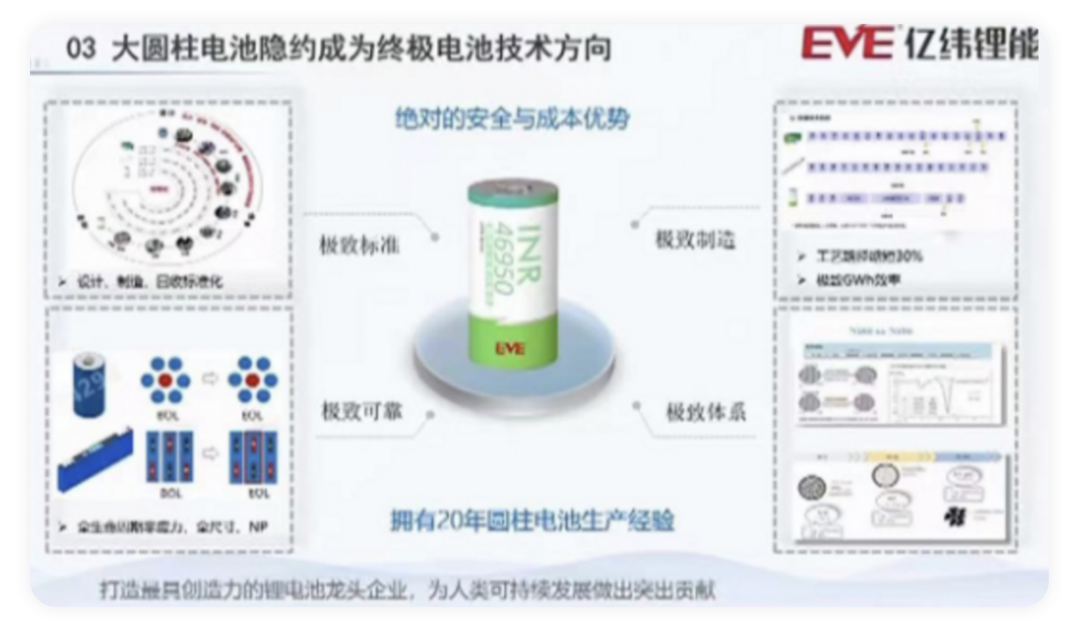
The second thing is that lithium iron phosphate (LFP) batteries have obvious advantages in terms of lifespan, providing a cheap and high-quality battery for popular vehicle models and long-term use. CATL has directly expanded production capacity to 200GWh, a considerable investment.
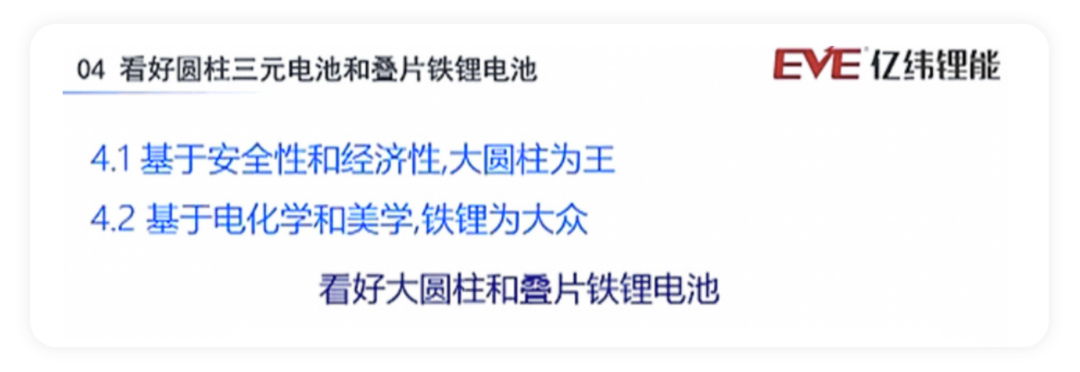
- BYD Battery
Large cylindrical batteries are the optimal solution for mid-to-high-end electric vehicles in the next 5-10 years. By 2025, the market share of large cylindrical cells will exceed 30%, or about 480GWh, surpassing the global total demand in 2021.
Due to the small size of cylindrical batteries, materials must be used aggressively in order to compete with other battery types.
Cylindrical cells have the smallest expansion effect and mainly benefit from the radial structure of the cylinder.
The large cylindrical cell process is largely consistent with traditional processes except for the current collector (except for Tesla). The consistency of welding technology in large cylindrical cell manufacturing determines the quality of the cell.
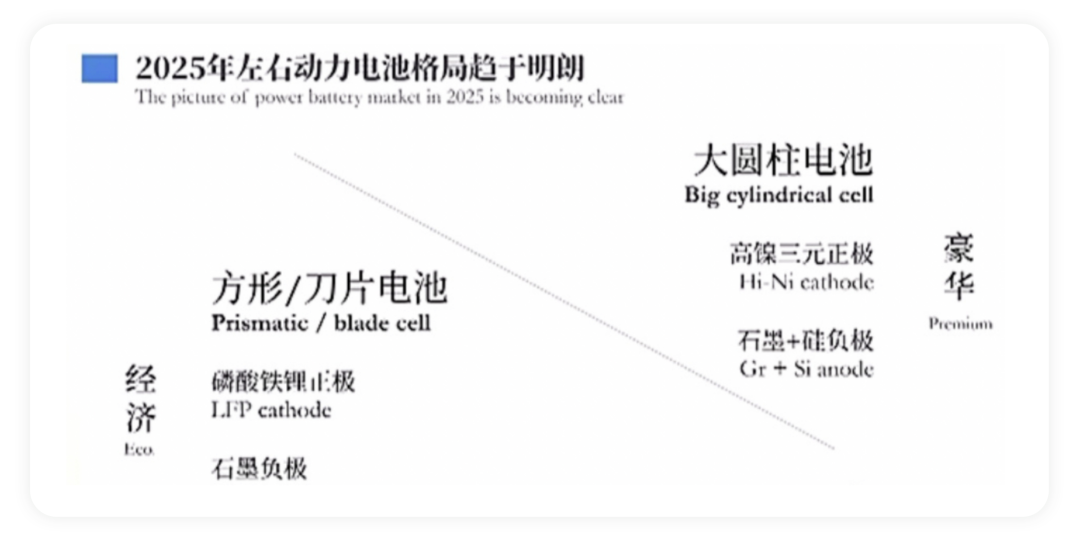
- Guoxuan High-tech: Gradual Mass Production of 230 Wh/kg LFP Battery by the End of the Year
The industrialization of phosphoric acid iron lithium batteries with a specific energy of 210 Wh/kg has been achieved, and the iron lithium battery with a specific energy of 230 Wh/kg will gradually enter mass production by the end of this year. The iron lithium battery will replace ternary batteries on a larger scale. From a realistic perspective, it is unclear whether this battery with a negative pole emphasis can be put into practical use. The story told by CATL this time is to take the lead in promoting lithium resource development in Yichun. It is expected that by 2025, a lithium resource development of 500,000 tons will be formed in Yichun, completely ending the shortage of lithium resources in China.
Advanced Battery and SES Half-Solid State Lithium Metal
SES has proposed a mixed liquid lithium metal battery, mainly from the perspective of the constraints of solid-state electrolytes, using lithium metal as the negative electrode to improve energy density. This core logic can be manufactured and mature production processes of some liquid lithium batteries can be reused.
SES lithium metal battery technology includes three parts:
- Hermes
New material R&D platform
- Apollo
Engineering manufacturing capability of large automotive lithium metal batteries
- Avatar
Artificial intelligence security monitoring software
Currently, the main focus is on whether 107Ah (energy density of 417 Wh/kg and 935 Wh/L) can be developed. Joint development of A samples is being conducted among the three major global car companies, GM, Hyundai, and Honda.
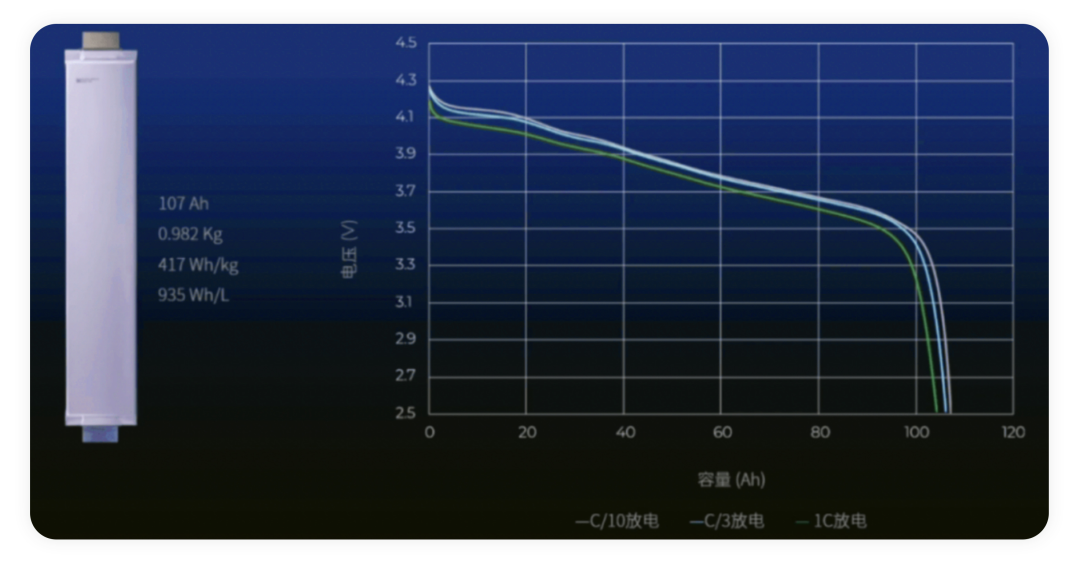
- Warblu New Energy
Warblu New Energy’s semi-solid-state battery will be applied to the NIO ET7, and it will be mass-produced at the end of this year or early next year. It has a range of 1000 kilometers, an energy density of 360 Wh/kg for a single cell, and an electric quantity of 150 degrees. The technology is in situ solidification of the electrolyte, by chemical and electrochemical reactions, partial or all of the liquid electrolyte is converted into a solid-state electrolyte. It is also considered compatible with various positive and negative electrode materials, compatible with most lithium-ion battery materials, and can solve the problem of maintaining good contact between the solid-state electrolyte and the positive and negative electrode materials during the cycling process. It can comprehensively balance the requirements of high voltage charging, safety, lithium dendrite precipitation, and volume expansion control of the battery cell.
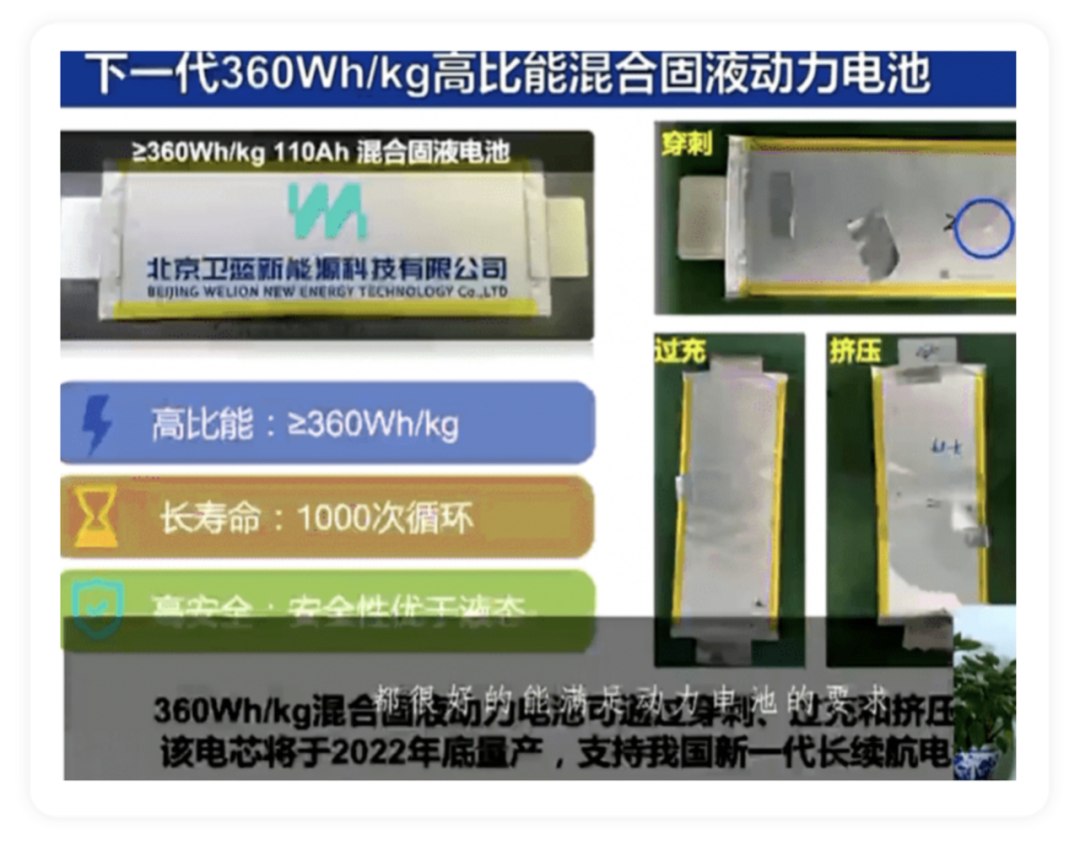
Conclusion: Overall, in the field of batteries, innovation is constantly advancing, and those who stick to the past must come up with their strategies. The overall progress speed is very fast.
This article is a translation by ChatGPT of a Chinese report from 42HOW. If you have any questions about it, please email bd@42how.com.
